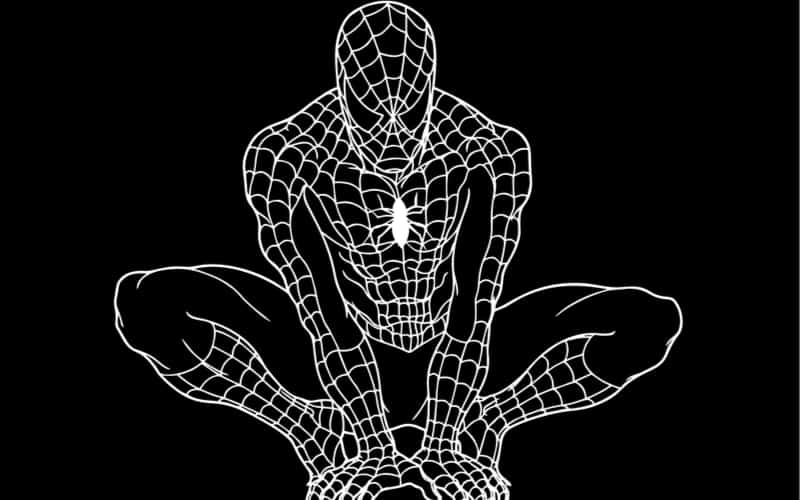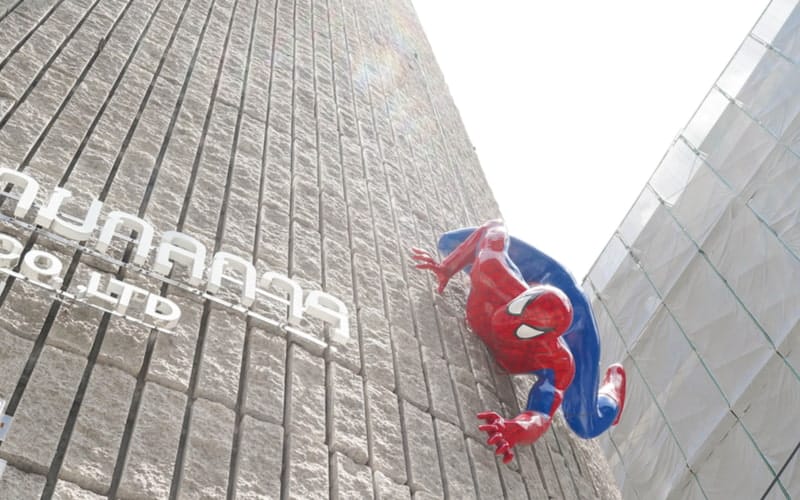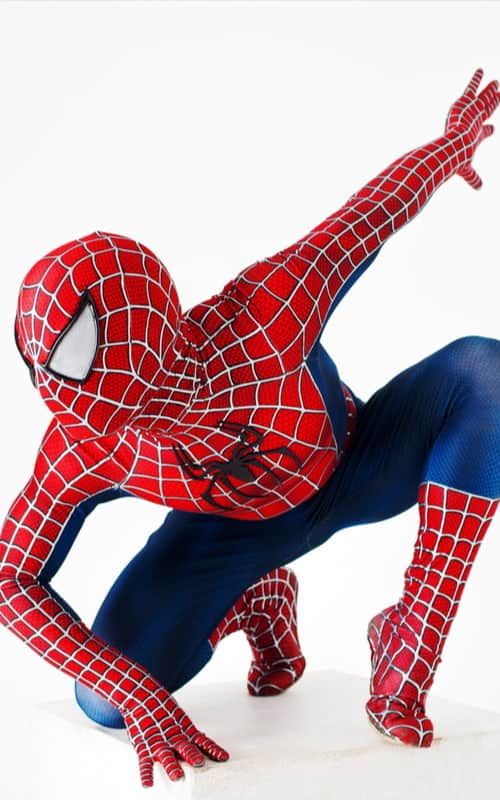Spider-Man, or Peter Parker, is one of the most popular characters in the Marvel Cinematic Universe (MCU). Despite his impressive superpowers, however, he is not immune from losing his abilities.
Though this has yet to be shown in the MCU, the comics and other Spider-Man movies have made it clear that there are several ways Spider-Man can lose his powers.
Read on to learn more.
Contents
1. Ethyl Chloride
Ethyl chloride is a common ingredient in bug spray, so it only makes sense that someone with spider powers would have a weakness to this substance.
Though it’s an underrated and little-known weakness of Spider-Man’s, ethyl chloride has occasionally been used against him in the comics–especially by the Spider-Slayers.
All he has to do is breathe it in, and he temporarily loses his spider sense and related abilities. Worse yet, a very small amount of it can kill him.
Fortunately, most of Spider-Man’s villains seem unaware of ethyl chloride’s effects on the friendly neighborhood superhero.
2. Psychosomatics

Psychosomatic is a broad term encompassing various mental conditions. When applied to Spider-Man, it means he can become mentally distressed to the point of being unable to use his powers.
He doesn’t actually lose his abilities, but his mind tricks his body into thinking he no longer possesses the same powers.
This happened notably in Sam Raimi’s 2004 film Spider-Man 2 starring Tobey Maguire.
In this movie, Peter struggled with his ability to balance his normal life with his secret superhero alter-ego. He lost motivation to continue his role as Spider-Man thanks to various personal issues, including financial and relationship problems.
Because of his mental state, he was unable to use his powers. It wasn’t until his love interest, Mary Jane Watson, was in mortal danger that he rediscovered his motivation and recovered his powers.
A similar scenario was explored earlier in the comics–specifically in Amazing Spider-Man Annual #1. Spider-Man wished that he had never received his powers and blamed himself for his uncle’s death, causing him to doubt his abilities.
However, when his loved ones were endangered, he once again found the motivation to continue to fight as Spider-Man, and his powers returned.
3. Gas Bombs
Chemical gasses in bomb form have been used against Spider-Man a couple of times in the comics. Each time, they caused him to lose one specific power–his ability to crawl up walls.

One example of this comes from Amazing Spider-Man #98, when the Green Goblin unleashes a gas bomb on the friendly neighborhood superhero. Gas from the bomb soaks through Spider-Man’s suit, causing him to lose his wall-climbing abilities.
Later, in Amazing Spider-Man #160, The Tinkerer uses another type of gas that prevents Spider-Man from climbing walls.
In both cases, Spider-Man’s wall-crawling skills return once the effects of the gas wear off.
4. Medical Devices
Interestingly, in one comic book, a medical device is used to neutralize Spider-Man’s powers.
In Amazing Spider-Man #341, Peter feels guilty for constantly putting his loved ones in danger, so he submits to Dr. Turner using a medical device to analyze his powers and strip them from his body.
However, Dr. Turner is actually Spider-Man’s shape-shifting enemy, the Chameleon. When Spider-Man discovered this, he found a way to reprogram the medical device and recover his powers.
5. Electric Manipulation
When Spider-Man fought against Electro in Spectacular Spider-Man #134, he found himself temporarily unable to climb walls.
The explanation was not a gas bomb this time–rather, it was Electro’s ability to manipulate electricity.
Spider-Man’s wall-crawling was due to electrostatic energy which allowed his hands and feet to stick to solid surfaces.
Electro neutralized this energy, removing Spider-Man’s ability to climb walls.
In another comic, Amazing Spider-Man #654, Spider-Man creates an electronic device to disable the spider-like senses of Alistaire Smythe and his Spider-Slayers. However, when he uses the device, it also disables his spider-sense.
Though this sixth sense eventually returns to him, he goes eight months without it.
6. Radiation
In Spider-Man: The Final Adventure #4, Spider-Man gets caught up in an experiment to remove the powers from two of his villains, Dryrot and Tendril.
Using radiation, the experiment strips away superhero powers from all three men.
Though Peter initially says that his powers are gone for good and there is nothing he could do to get them back, he eventually begins to recover them, and returns to his role as Spider-Man.
7. Illness
It’s a good thing Spider-Man has a great immune system–because when he gets sick, it compromises his powers.
This was shown in Amazing Spider-Man #12, when Spider-Man noticed he wasn’t sticking to walls as well as usual while suffering from a cold.
Despite his illness, he is forced to confront Doctor Octopus when the villain captures Betty Brant. However, he is so sick by this point that he has also lost his superhuman strength. Doc Ock overpowers and unmasks him.
Luckily for Peter, no one believes he is really Spider-Man–they all think he is only pretending in an effort to save Betty. Later, once he is well, his powers return to him and he ends up defeating Doctor Octopus.

Sarah Hood is a freelance content writer and editor with a love for all things Star Wars. When she’s not writing, she enjoys cooking, singing, and spending time in the great outdoors.
